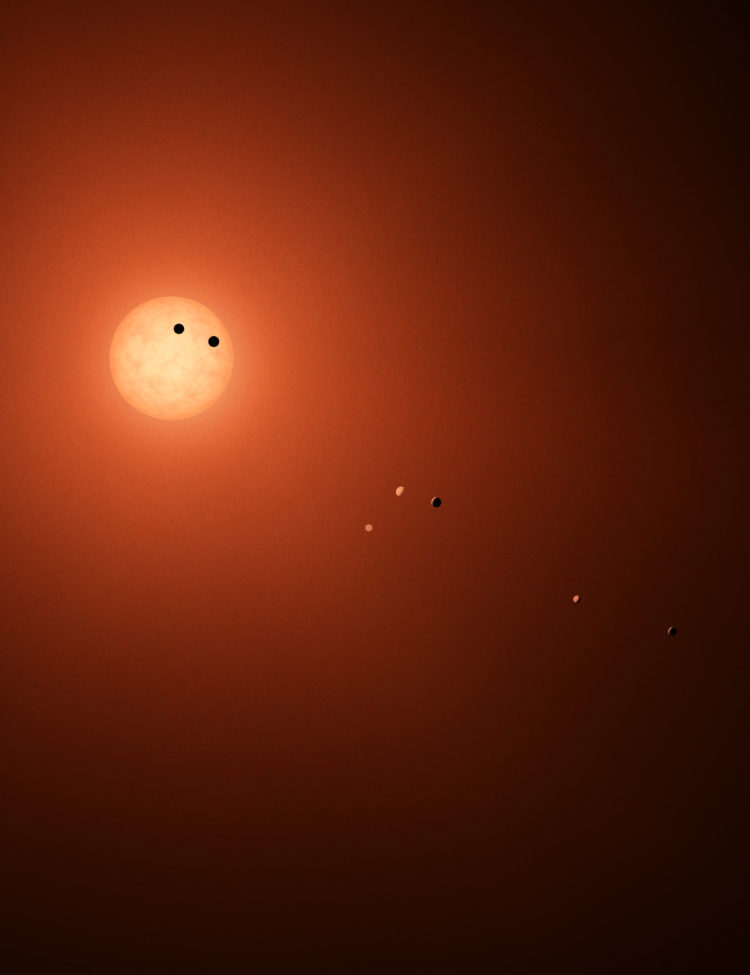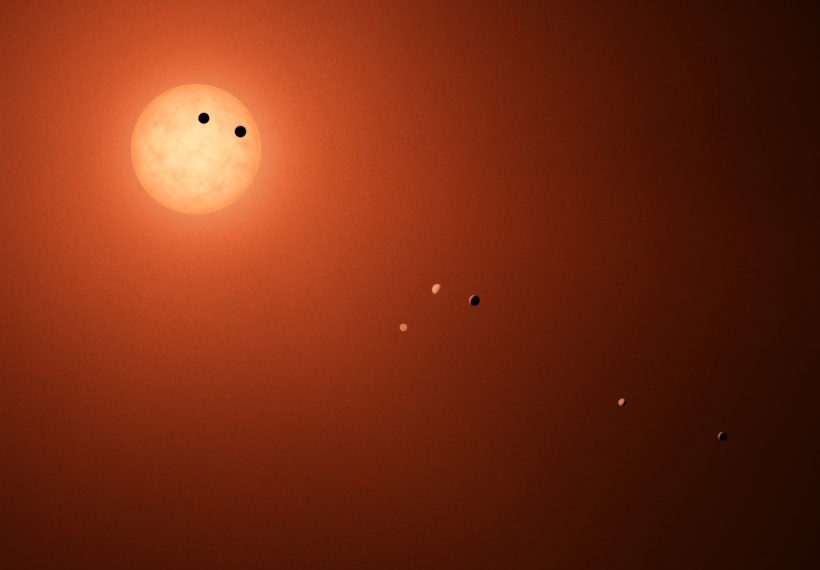About This Episode
This week on StarTalk All-Stars, astrophysicist Emily Rice, comic co-host Chuck Nice, and special guest David Kipping, Assistant Professor of Astronomy at Columbia University, are heading off to TRAPPIST-1, the recently discovered red dwarf star 40 light years away that contains seven Earth-sized exoplanets, with three in the habitable Goldilocks zone. This discovery created massive excitement in the science community and our panel is here to fill you in on everything you need to know. You’ll hear how the research team needed to view the system for about 500 continuous hours using the Spitzer Space Telescope to uncover multiple transits of an exoplanet moving across the face of the star. Investigate the implications of the exoplanets being tidally-locked, and how it’s still possible that life could exist in the “terminator” zones between the permanently dark side of the planets and the sides that always faces the star. Emily ponders what some planets would look like from the surface of their closest neighbors in the TRAPPIST-1 system. You’ll also learn why our solar system is a “freak of the universe” given that 75% of stars in the universe are M-dwarf stars. Get the details on David’s exciting hunt for exomoons, and then head off to explore the asteroid belts: if there might be one near TRAPPIST-1, why it would be hard to find, and why the asteroid belt in our solar system sits where it sits. All that, plus, fan-submitted Cosmic Queries including, “Could the system already be gone because of the destruction of the star?” and, “Because of less star light, would a forest of TRAPPIST-1 trees be darker with violet leaves?”
NOTE: All-Access subscribers can watch or listen to this entire episode commercial-free here: Exploring TRAPPIST-1, with Emily Rice




 Unlock with Patreon
Unlock with Patreon


 Become a Patron
Become a Patron